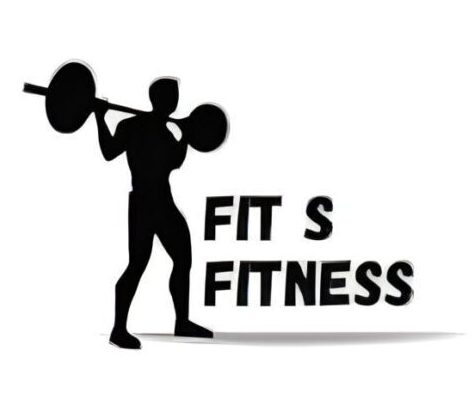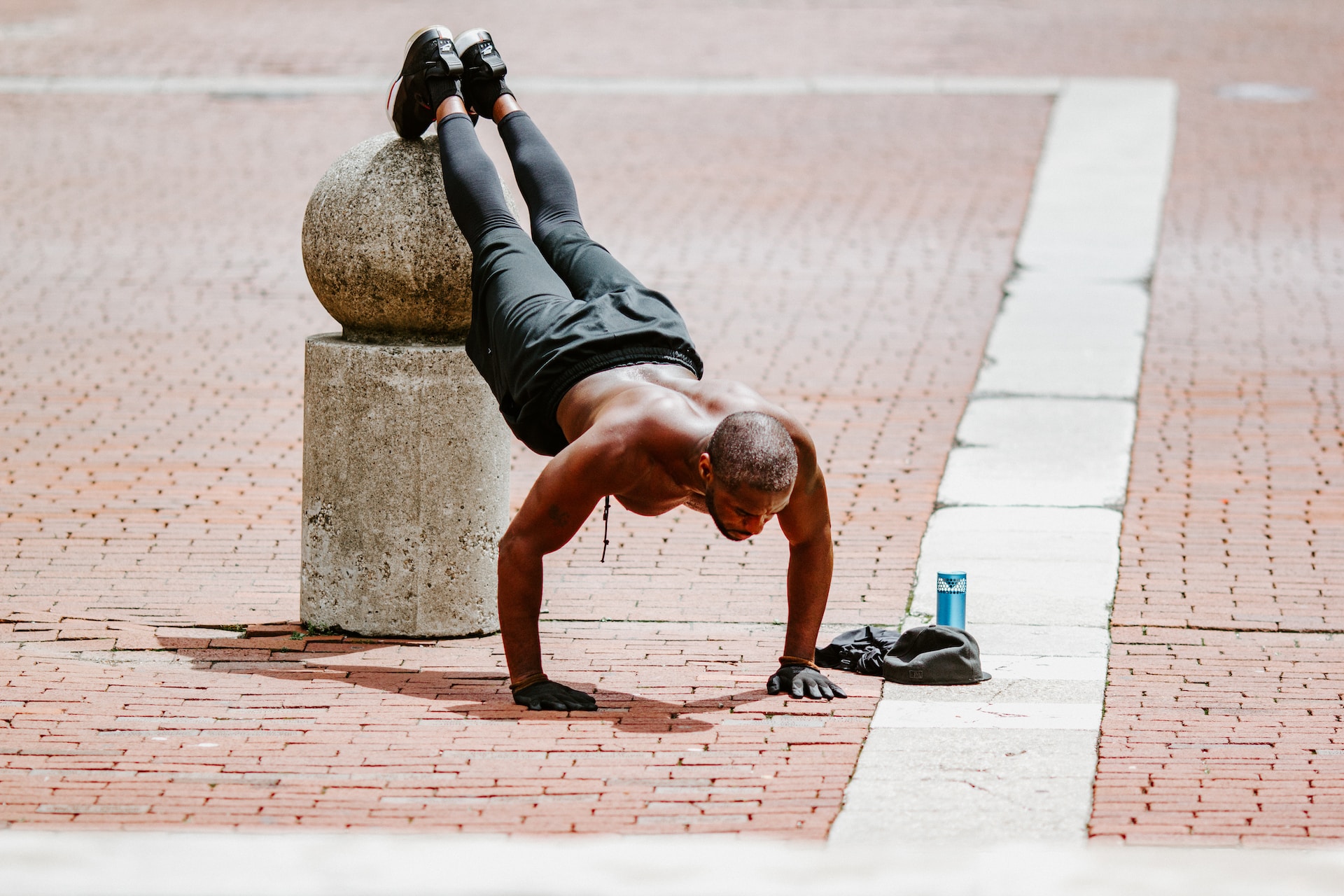Introduction
Are you interested in improving your fitness beyond its current level? If so, plyometrics might be the missing piece in your training routine. Plyometric exercises, also known as jump training, are explosive movements that can help you increase power, speed, and overall athletic performance. In this ultimate guide to plyometrics, we will explore what plyometrics are, the benefits they offer, how to incorporate them into your fitness routine, and much more. So, get ready to boost your fitness with the power of plyometrics!
What are plyometrics?
Before we jump into the benefits of plyometric training, let’s first understand what plyometrics are. Plyometrics is a form of exercise that involves quick, explosive movements that utilize the stretch-shortening cycle of muscles. This process includes quickly stretching the muscle, and then immediately contracting it to create a strong movement. Plyometric workouts often consist of activities like jumping, hopping, bounding, and other explosive movements.
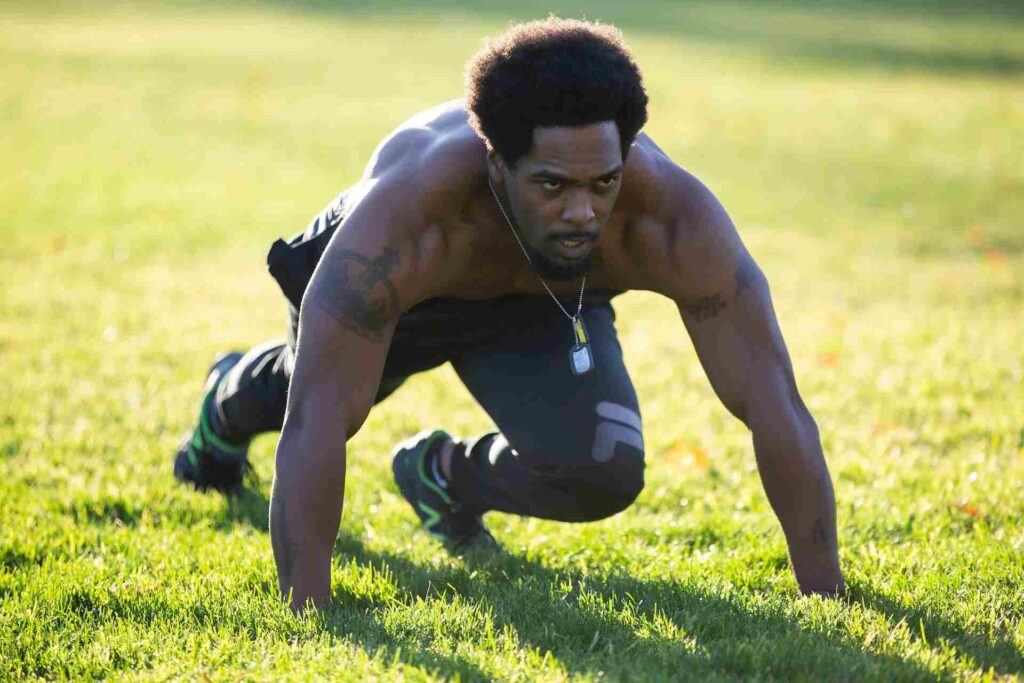
The Benefits of Plyometric Training
Plyometric training offers a wide range of benefits for individuals of all fitness levels. Here are some of the key advantages of incorporating plyometrics into your fitness routine:
1. Increased Power and Explosiveness
One of the main benefits of plyometric training is increased power and explosiveness. By engaging in plyometric exercises, you train your muscles to generate maximum force in a short amount of time. This translates into improved athletic performance, whether you’re a sprinter, or basketball player, or simply want to enhance your overall power output.
2. Improved Speed and Agility
Plyometrics also help improve speed and agility. The explosive movements involved in plyometric exercises require quick muscle contractions, which can enhance your ability to change direction rapidly and accelerate quickly. This can be particularly beneficial for athletes participating in sports that require quick bursts of speed and agility.
3. Enhanced Muscle Strength
In addition to power and speed, plyometrics also help build muscle strength. The dynamic movements involved in plyometric exercises engage multiple muscle groups simultaneously, resulting in improved overall strength. This can be especially beneficial for individuals looking to increase their muscle mass and improve their overall physique.
4. Increased Bone Density
Plyometric training is a weight-bearing exercise, which means it puts stress on your bones. Over time, this stress stimulates bone growth and increases bone density, reducing the risk of osteoporosis and other bone-related conditions. Plyometrics can be an effective way to strengthen your bones and improve your overall bone health.
5. Efficient Calorie Burning
If you’re looking to burn calories and shed some extra pounds, plyometric training can be an excellent choice. The explosive nature of plyometric exercises increases your heart rate and engages multiple muscle groups simultaneously, resulting in a higher calorie burn compared to traditional cardio exercises. Incorporating plyometrics into your fitness routine can help you achieve your weight loss goals more efficiently.
How to Incorporate Plyometrics into Your Fitness Routine
Now that you understand the benefits of plyometric training, let’s explore how you can incorporate plyometrics into your fitness routine. Here are some tips to help you begin:
1. Warm Up Properly
Before engaging in plyometric exercises, it’s crucial to warm up properly. Perform dynamic stretches, such as leg swings and arm circles, to prepare your muscles for the explosive movements ahead. This will help prevent injuries and improve your overall performance.
2. Start with the Basics
If you’re new to plyometric training, start with the basics. Begin with low-impact exercises, such as squat jumps and box jumps, before progressing to more advanced movements. Focus on mastering proper form and technique before increasing the intensity or difficulty of the exercises.
3. Gradually Increase Intensity
As you become more comfortable with plyometric exercises, gradually increase the intensity and difficulty level. This can be done by incorporating higher jumps, longer bounds, or adding weights to your movements. However, it’s essential to listen to your body and avoid overexertion or pushing yourself too hard too soon.
4. Incorporate Plyometrics into Your Existing Routine
To fully benefit from plyometric training, integrate plyometric exercises into your existing fitness routine. For example, you can incorporate plyometrics into your strength training sessions by adding explosive movements between sets or as a standalone workout on designated days. This way, you can maximize the effectiveness of your training and achieve optimal results.
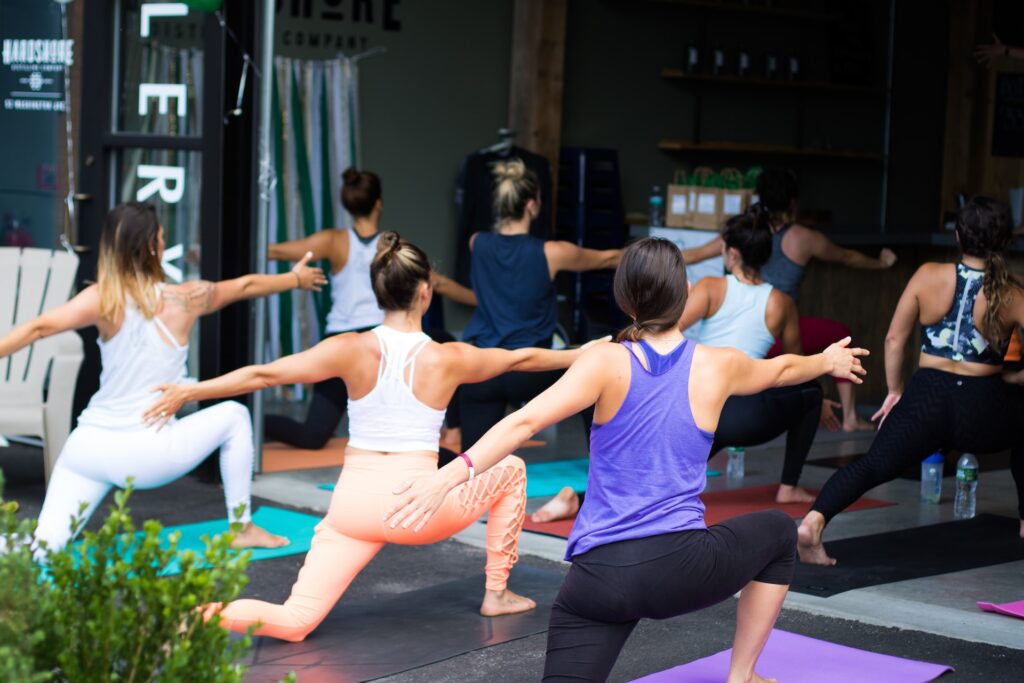
Plyometric Exercises for Different Muscle Groups
Plyometric exercises can target various muscle groups in your body. Here are some examples of plyometric exercises for different muscle groups:
1. Lower Body Plyometric Exercises
- Squat Jumps
- Box Jumps
- Lunge Jumps
- Tuck Jumps
- Single-Leg Bounds
2. Upper Body Plyometric Exercises
- Medicine Ball Slams
- Plyo Push-Ups
- Clap Push-Ups
- Plyo Rows
- Plyo Plank
3. Total Body Plyometric Exercises
- Burpees
- Jumping Lunges
- Plyo Skaters
- Mountain Climbers
- Broad Jumps
Incorporate a mix of these exercises into your routine to target different muscle groups and achieve a well-rounded plyometric workout.
Tips for Safe and Effective Plyometric Training
To ensure safe and effective plyometric training, consider the following tips:
1. Focus on Form and Technique
Proper form and technique are crucial in plyometric exercises. Maintain a neutral spine, engage your core, and land softly to minimize the impact on your joints. Avoid collapsing or landing with locked knees, as this can increase the risk of injury.
2. Use Suitable Surfaces and Equipment
Perform plyometric exercises on suitable surfaces that provide adequate cushioning and shock absorption, such as a gym floor or grass. If using equipment like boxes or medicine balls, ensure they are stable and in good condition to avoid accidents or injuries.
3. Listen to Your Body
Pay attention to your body’s signals and adjust the intensity or difficulty of the exercises accordingly. If you experience pain or discomfort, take a break, and consult with a healthcare professional if necessary. Push yourself, but not to the point of pain or injury.
4. Allow for Sufficient Recovery
Plyometric training can be intense and put significant stress on your muscles and joints. Allow for sufficient recovery time between plyometric workouts to ensure proper healing and prevent overuse injuries. Incorporate rest days and engage in other forms of exercise, such as stretching or low-impact activities, to promote recovery.
Plyometrics Equipment and Accessories
While plyometric exercises can be performed using just your body weight, certain equipment and accessories can enhance your plyometric training. Here are some common plyometric equipment and accessories:
1. Plyometric Boxes
Plyometric boxes, also known as jump boxes, are sturdy platforms of varying heights that allow you to perform box jumps and other related exercises. They are available in different sizes, typically ranging from 12 to 36 inches in height.
2. Medicine Balls
Medicine balls are weighted balls that can be used for various plyometric exercises. They come in different weights and sizes, allowing you to choose the appropriate one based on your fitness level and exercise requirements.
3. Resistance Bands
Resistance bands can add an extra challenge to your plyometric exercises. They provide resistance throughout the movement, helping to strengthen your muscles and enhance the effectiveness of the exercises.
4. Jump Ropes
Jump ropes are a simple yet effective tool for incorporating plyometrics into your routine. Jumping rope can improve your cardiovascular fitness, coordination, and lower body strength.
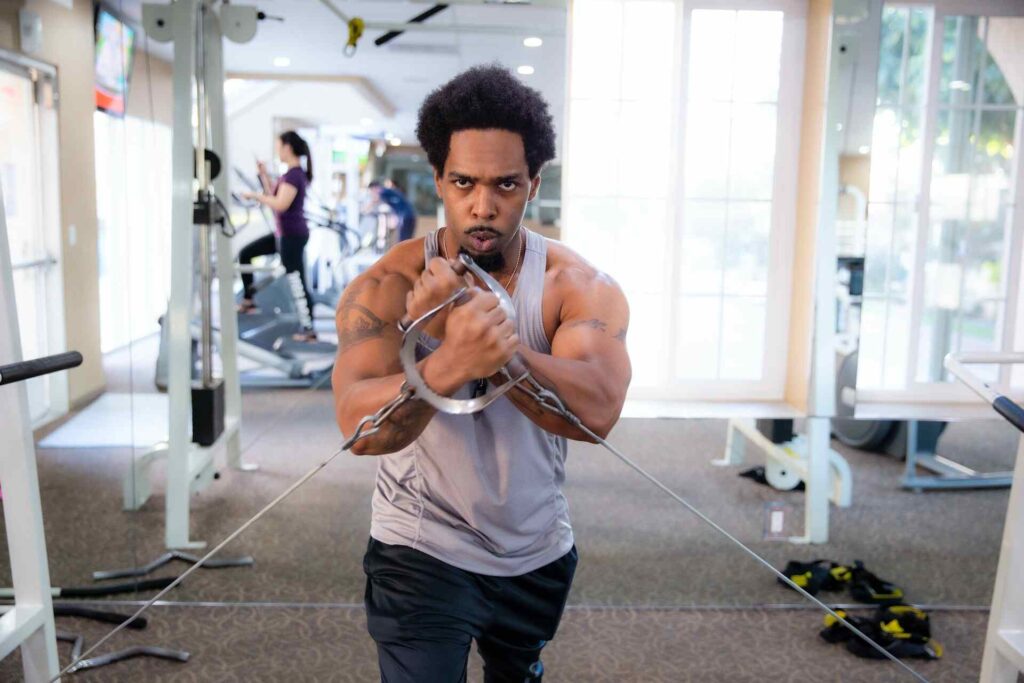
Plyometric Training Programs for Beginners and Advanced Athletes
Whether you’re a beginner or an advanced athlete, there are plyometric training programs designed to suit your fitness level. Here is a sample plyometric training program for each level:
Beginner Plyometric Training Program:
- Day 1: Squat Jumps (3 sets of 10 reps), Box Step-Ups (3 sets of 10 reps), Medicine Ball Slams (3 sets of 10 reps)
- Day 2: Rest or engage in low-impact activities like walking or stretching
- Day 3: Lunge Jumps (3 sets of 10 reps), Plyo Push-Ups (3 sets of 10 reps), Jumping Lunges (3 sets of 10 reps)
- Day 4: Rest or engage in low-impact activities like swimming or yoga
- Repeat the cycle for 4-6 weeks, gradually increasing the intensity and difficulty level.
Advanced Plyometric Training Program:
- Day 1: Box Jumps (4 sets of 8 reps), Plyo Rows (4 sets of 8 reps), Burpees (4 sets of 8 reps)
- Day 2: Rest or engage in active recovery activities like cycling or foam rolling
- Day 3: Tuck Jumps (4 sets of 8 reps), Plyo Push-Ups with Clap (4 sets of 8 reps), Plyo Skaters (4 sets of 8 reps)
- Day 4: Rest or engage in active recovery activities like Pilates or mobility exercises
- Repeat the cycle for 4-6 weeks, gradually increasing the intensity and difficulty level.
Remember to adjust the program based on your fitness level, goals, and recovery capacity.
The Future of Plyometric Training in Fitness
As the fitness industry continues to evolve, plyometric training is likely to remain a popular and effective method for improving athletic performance and overall fitness. With advancements in technology and training methods, the future of plyometric training holds exciting possibilities. We can expect to see more specialized plyometric programs, innovative equipment, and enhanced training techniques to maximize the benefits of plyometrics.
Conclusion
Plyometrics can be a game-changer in your fitness journey, helping you boost power, speed, and overall athletic performance. By incorporating plyometric exercises into your routine, you can take your fitness to new heights. Remember to start with the basics, focus on proper form, and gradually increase the intensity. Whether you’re a beginner or an advanced athlete, plyometrics can help you achieve your fitness goals and unlock your full potential. So, get ready to jump, hop, and bound your way to a fitter, stronger, and more explosive you with the power of plyometrics!
